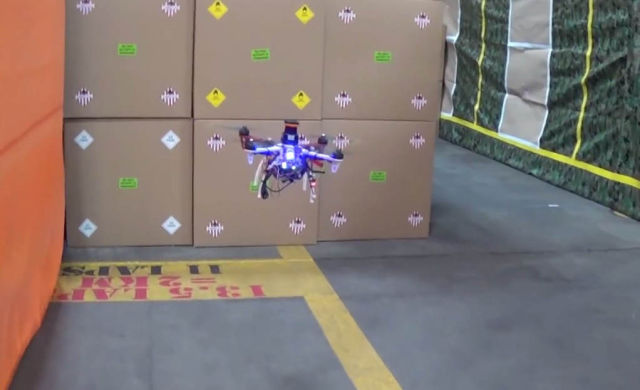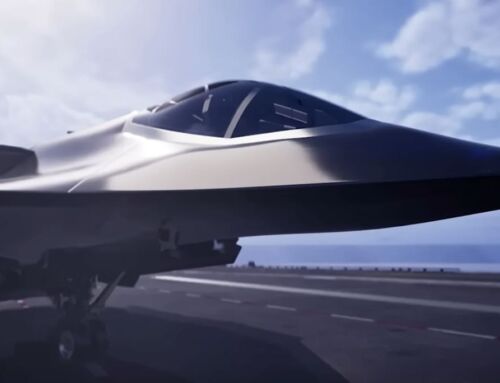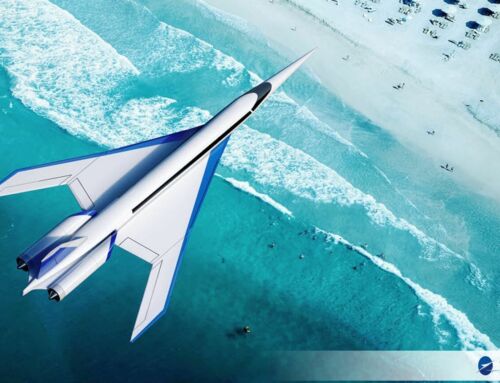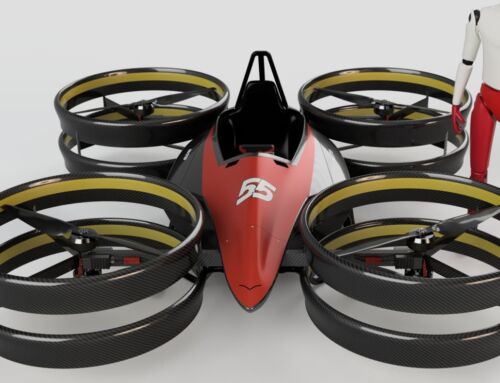DARPA’s Fast Lightweight Autonomy (FLA) program, recently demonstrated that a drone could achieve 72 km/h indoors autonomously.
The FLA program aims to develop and test algorithms that could reduce the amount of processing power, communications, and human intervention needed for unmanned aerial vehicles (UAVs) to accomplish low-level tasks, such as navigation around obstacles in a cluttered environment. If successful, FLA would reduce operator workload and stress and allow humans to focus on higher-level supervision of multiple formations of manned and unmanned platforms as part of a single system. Through this exploration, the program aims to develop and demonstrate the capability for small (i.e., able to fit through windows) autonomous unmanned aerial vehicles to fly at speeds up to 20 m/s with no communication to the operator and without GPS.
DARPA’s FLA program aims to develop and test algorithms that could reduce the amount of processing power, communications, and human intervention needed for unmanned aerial vehicles (UAVs) to accomplish low-level tasks, such as navigation around obstacles in a cluttered environment. If successful, FLA would reduce operator workload and stress and allow humans to focus on higher-level supervision of multiple formations of manned and unmanned platforms as part of a single system.
“We’re excited that we were able to validate the airspeed goal during this first-flight data collection,” said Mark Micire, DARPA program manager. “The fact that some teams also demonstrated basic autonomous flight ahead of schedule was an added bonus. The challenge for the teams now is to advance the algorithms and onboard computational efficiency to extend the UAVs’ perception range and compensate for the vehicles’ mass to make extremely tight turns and abrupt maneuvers at high speeds.”
More information at darpa.mil






NO VIDEO TO WATCH ??
On top! Just click